Ground Sumac: The Zesty Powerhouse You Never Knew Your Kitchen Needed
You’ve probably seen it on a spice rack or tucked into a mezze platter at a Middle Eastern restaurant, but what exactly is ground sumac? If you’re new to the world of spices, you might be wondering whether it’s related to the infamous plant that causes rashes — spoiler alert: it’s not! In this article, we’ll dive deep into the vibrant world of ground sumac, exploring its origins, flavor profile, culinary uses, and why it just might become your new pantry MVP.
Table of Contents
- What Is Ground Sumac?
- What Does It Taste Like?
- Where Does It Come From?
- Creative Ways to Use Ground Sumac in Cooking
- Health Benefits: Tartness with Perks
- How to Store Ground Sumac Like a Pro
- Sumac vs. Lemon: What’s the Difference?
- Fun Facts About This Flavorful Spice
- Conclusion
What Is Ground Sumac?
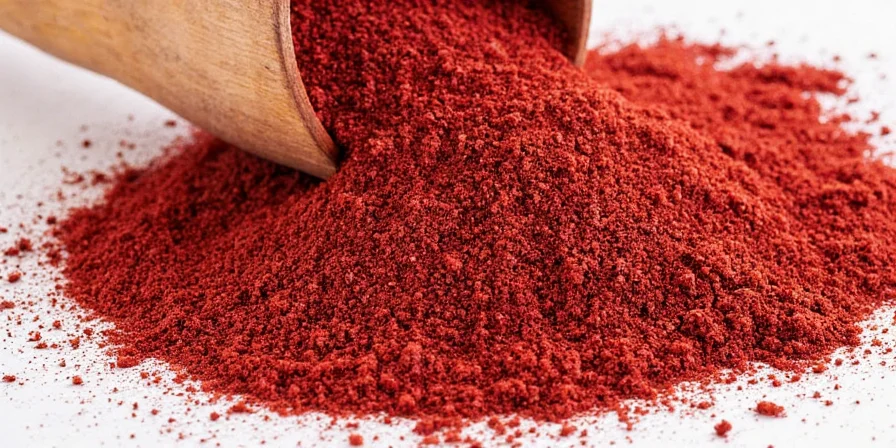
Ground sumac comes from dried and finely ground berries of the Rhus coriaria plant, which is native to the Mediterranean and Middle East. Despite its name, this spice has nothing to do with poison sumac (thankfully!). Instead, it’s known for its tangy, lemon-like flavor and striking crimson hue.
In many cultures, sumac has been used for centuries as both a seasoning and a preservative. Today, it’s a staple in Levantine cuisine and often sprinkled over dishes like fattoush salad, grilled meats, and dips.
What Does Ground Sumac Taste Like?
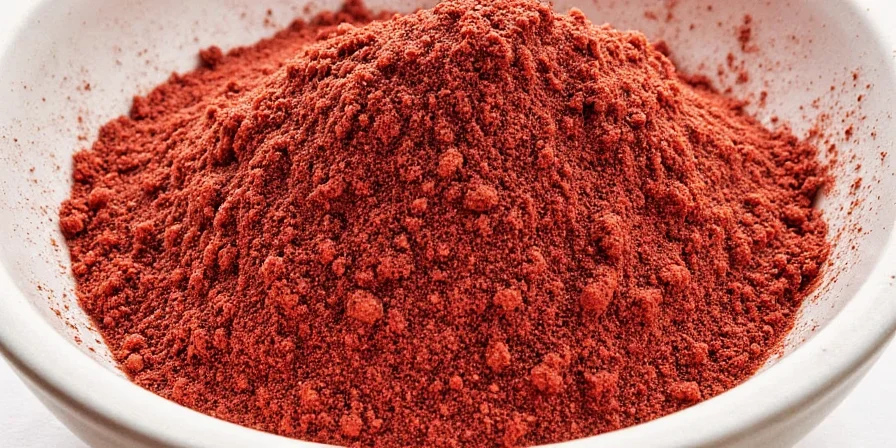
If you were to taste a pinch of ground sumac straight up (go ahead, if you dare!), you’d be hit with a burst of sourness — think fresh lemon juice without the moisture. It’s sharp, clean, and slightly floral, with a subtle earthiness that rounds out its flavor.
- Sour: Similar to citrus zest
- Earthy: A mild herbal undertone
- Bright: Adds lift and contrast to heavy dishes
Where Does Ground Sumac Come From?
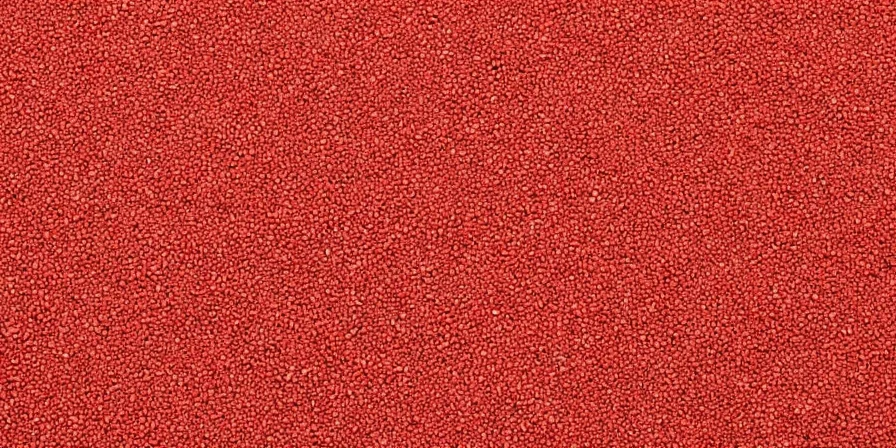
The best quality sumac comes from regions with warm, dry climates:
| Region | Quality Characteristics |
|---|---|
| Turkey | Vibrant color, intense tartness |
| Syria | Milder, slightly sweeter notes |
| Iran | Earthy aroma, moderate acidity |
| Greece | Balanced flavor, ideal for salads |
The berries are harvested when ripe, sun-dried, and then ground into a fine powder. High-quality sumac should be deep red and fragrant, never dull or brownish.
Creative Ways to Use Ground Sumac in Cooking
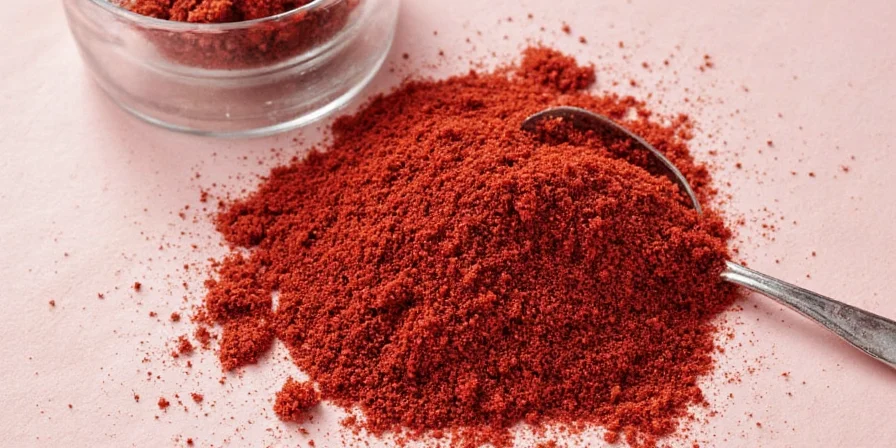
Think beyond the shaker — here are some tasty ways to put ground sumac to work in your kitchen:
- Seasoning Boost: Sprinkle over hummus, labneh, or avocado toast before serving.
- Dry Marinade: Mix with salt, garlic powder, and olive oil to rub onto chicken or lamb before grilling.
- Salad Sprinkle: Add brightness to green salads, grain bowls, or tabbouleh.
- Egg Enhancer: Give deviled eggs, omelets, or scrambled eggs an extra zing.
- Cocktail Rim: Combine with salt or chili powder to rim glasses for tangy margaritas or bloody Marys!
Health Benefits: Tartness with Perks
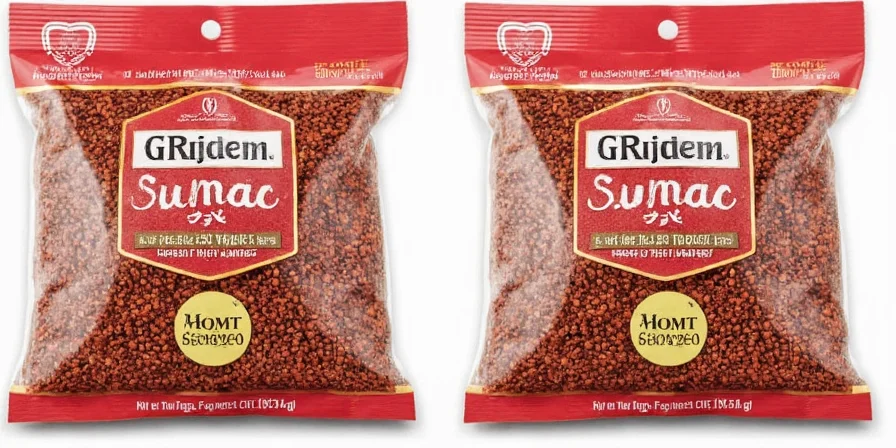
Not only does sumac add flavor, but it also brings a few nutritional benefits to the table:
- Antioxidant-rich: Loaded with polyphenols that help fight oxidative stress.
- Anti-inflammatory properties: May help reduce inflammation and support joint health.
- Digestive aid: Traditionally used to soothe stomach discomfort and aid digestion.
- Low-calorie flavor boost: Perfect for adding punch to meals without salt or sugar overload.
How to Store Ground Sumac Like a Pro
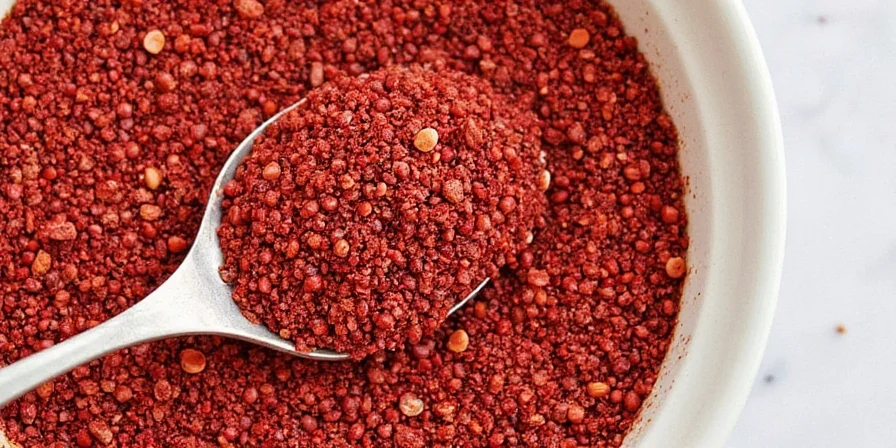
Like most spices, ground sumac starts to lose potency once exposed to air and light. Here’s how to keep it tasting fresh:
| Storage Method | Shelf Life | Tips |
|---|---|---|
| Original packaging (sealed) | 6–12 months | Keep away from heat sources |
| Airtight container | 12–18 months | Label with date opened |
| Refrigerated (for long-term) | Up to 2 years | Only recommended in humid climates |
Sumac vs. Lemon: What’s the Difference?
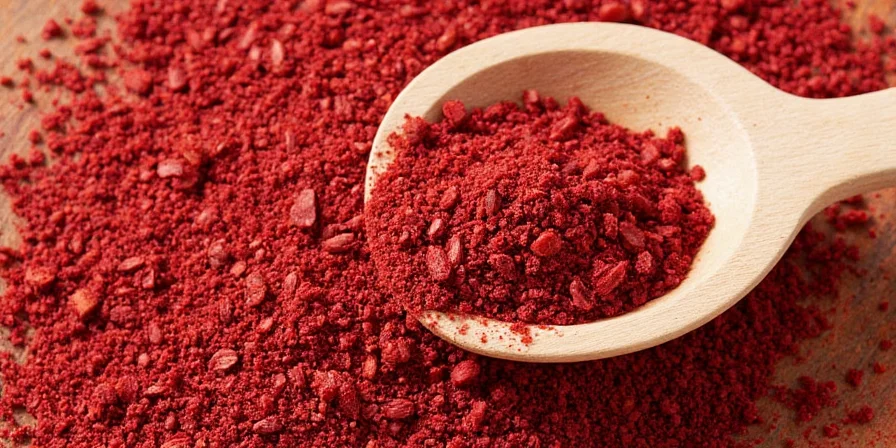
Both bring a welcome tang to food, but they play different roles in the kitchen. Let’s break it down:
| Aspect | Ground Sumac | Lemon Juice |
|---|---|---|
| Flavor Profile | Dry, earthy sourness | Fresh, juicy acidity |
| Texture | Dry powder | Liquid |
| Use Case | Dry rubs, finishing touches | Marinades, dressings, sauces |
| Visual Appeal | Reddish color adds flair | Clear to yellow |
| Substitution | Replace lemon zest + paprika | Use vinegar + water |
Fun Facts About This Flavorful Spice
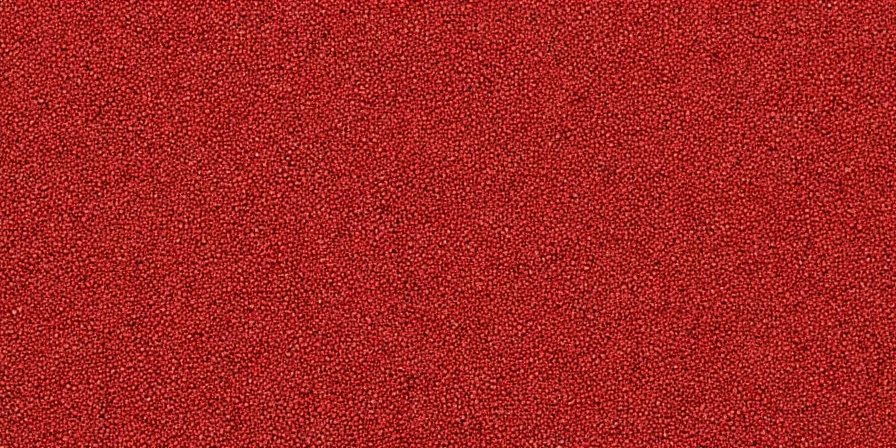
- Used historically by Persian warriors as a way to keep scurvy at bay (thanks to its high vitamin C content).
- In Turkey, it’s sometimes mixed with yogurt and eaten as a snack called “çemen.”
- Sumac smoke was once believed to ward off evil spirits in ancient times.
- The word “sumac” comes from the Arabic word “summāq,” meaning “red.”
- It’s safe for pets — unlike its poisonous cousin!
Conclusion
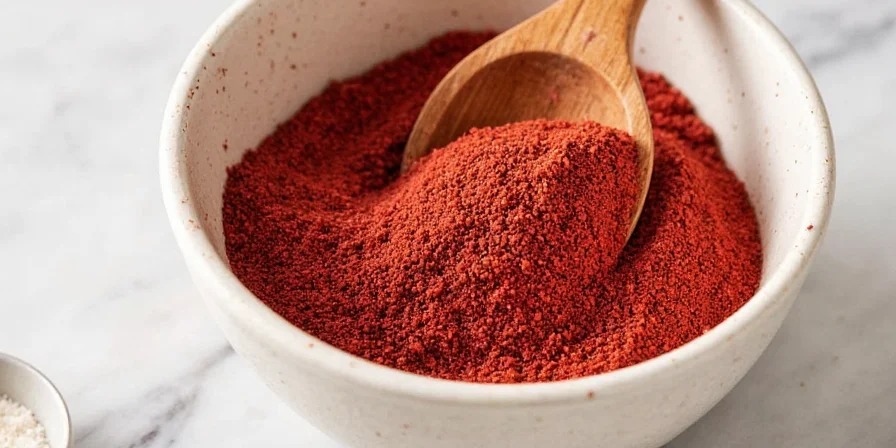
So, what is ground sumac? More than just a pretty red dust — it’s a flavor dynamo with history, versatility, and a splash of nutrition. Whether you’re spicing up a weeknight dinner or experimenting with global flavors, ground sumac deserves a spot in your spice lineup. Now that you know how to use, store, and substitute it, there’s no excuse not to start sprinkling!
Ready to take your cooking game to the next level? Grab a jar of sumac and let your creativity run wild. Your taste buds will thank you.

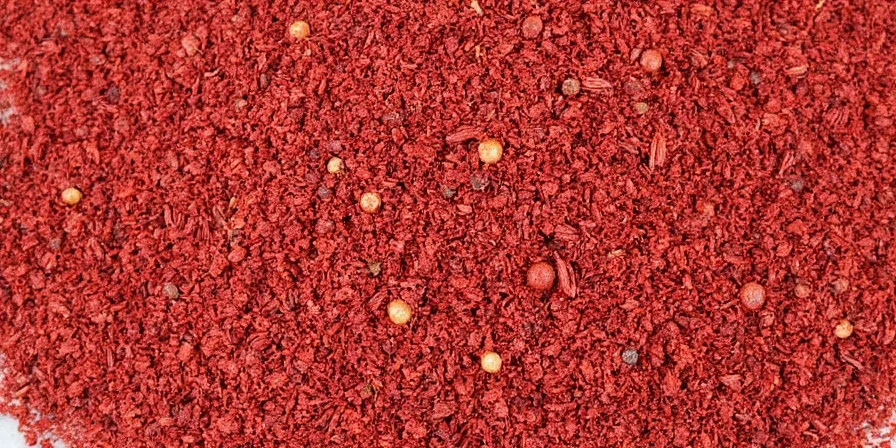









 浙公网安备
33010002000092号
浙公网安备
33010002000092号 浙B2-20120091-4
浙B2-20120091-4